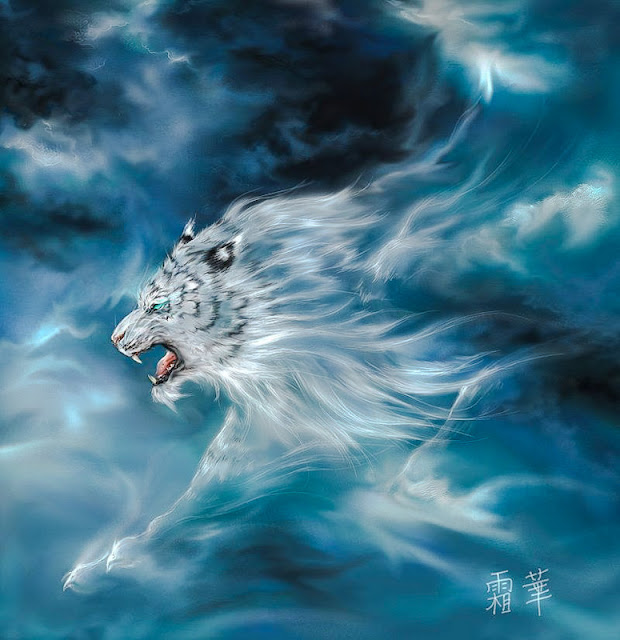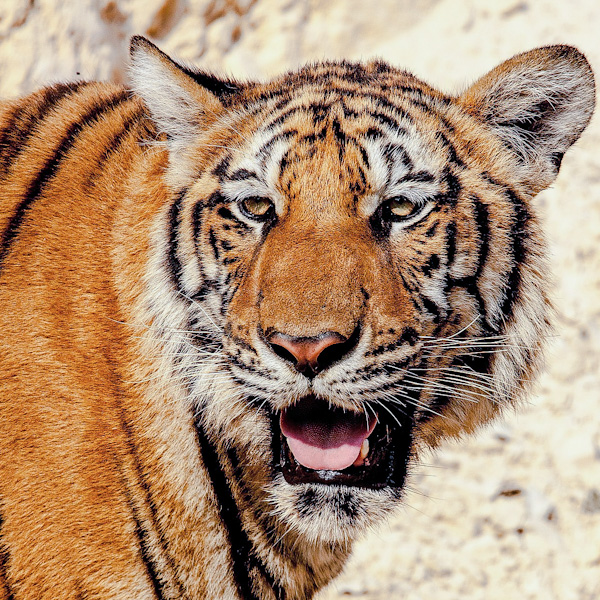Who shot the most tigers?
When you use Google to search for the answer to the question, "Who shot the most tigers?" you are presented with the answer to a question about which tiger killed the most people. So much for Google search. I have told Google about this error.
 |
| Picture in the public domain. |
My reference book, Wild Cats Of The World, might not tell me who shot the most tigers but it does tell me who shot a hell of a lot of tigers and it may be the answer I am seeking. There was a time when tigers were regarded as pests in India. I am referring to the Bengal tiger because that is the species of tiger which resides in India. And when they became pests because they interfered with people and the commercialisation of the landscape in India they were open to being shot as a popular pastime with army officers.
Don't forget this was the time of the British Raj, the British Empire, which is in fact back in the news today because a lot of people consider the British Empire as a bad project whereas others see that quite a lot of good came out of it. It depends upon your point of view.
In Rajasthan, India, Colonel William Rice accounted for 158 tigers between 1850 and 1854. Colonel Gordon-coming shot 73 tigers in one district in two years. And then about 50 years later, at the turn of the century, tiger hunters began to understand that tigers were becoming harder to find and less and less common, unsurprisingly.
This destruction of the tiger is described in a book by J Hewitt called Jungle Trails in Northern India. He describes a place where a dozen tigers were shot in the 1880s over a two-week period. When Hewitt returned 25 years later the "ground had been brought completely under cultivation, and no one could have imagined that there had ever been any cover there suitable for a tiger". A classic symptom of how the destruction of the natural landscape by people for commercial purposes destroys wild cat habitat.
Then royalty protected tigers for hunting by creating reserves containing large areas of undisturbed land. The land was divided into hunting blocks. There was a closed season for hunting and this kept tiger hunting viable. But at the end of World War II there was a greater destruction of wildlife.
Tiger hunting became particularly popular with wealthy Westerners and there was a boom in demand for tiger skins. Sophisticated weapons were available and some hunting took place with a jeep and a spotlight at night. And then came more conservation and today there is reasonable conservation - sometimes quite intensive efforts - but I would argue it is still failing because poaching is gradually defeating the conservation of the tiger.
This poaching is to supply the traditional Chinese medicine market, which is incredibly popular in China and other Asian countries also believe in this medicine based, I would argue, on superstition. Science does not support it, believe me.
So the tiger is rarely shot these days in the wild by hunters for fun. Trophy hunters normally shoot lions in Africa because the Africans are open to that kind of money making enterprise. There are powerful calls to stop trophy hunting anywhere on the planet because it is well past its time. But as to the question in the title, I think the two examples that I have cited are perhaps the definitive answers.




Comments
Post a Comment
Please comment.